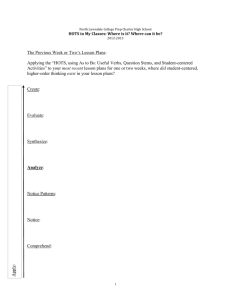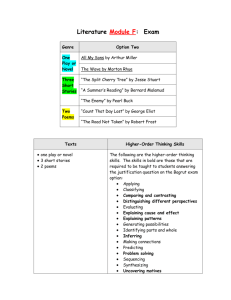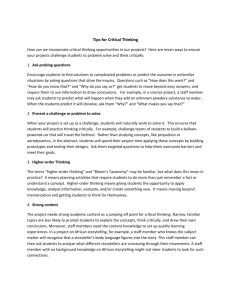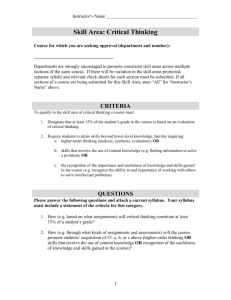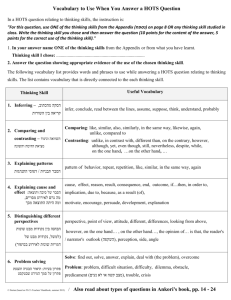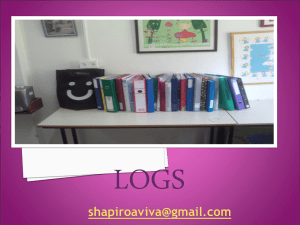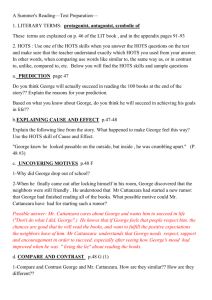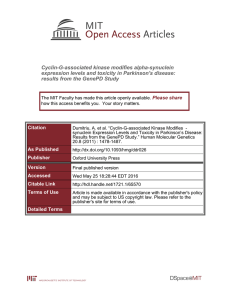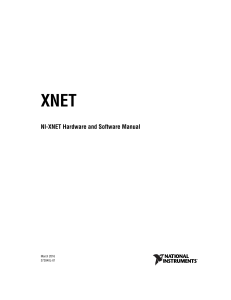Higher Order Thinking
advertisement
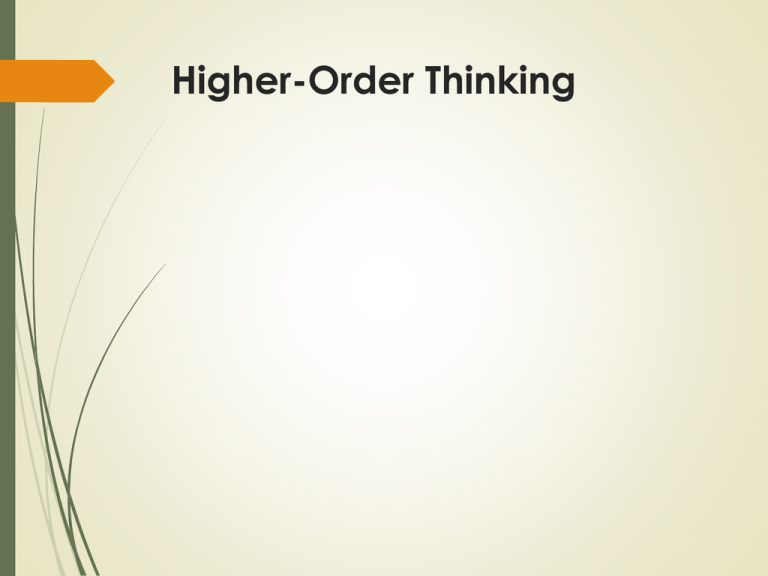
Higher-Order Thinking What is higher-order thinking? "Everyday thinking, like ordinary walking, is a natural performance we all pick up. But good thinking, like running the l00-yard dash, is a technical performance... Sprinters have to be taught how to run the 100yard dash; good thinking is the result of good teaching, which includes much practice." David Perkins, Howard University The Griney Grollers Thinking Skills Test 1. 2. 3. 4. 5. What kind of grollers were they? What did the grollers do? Where did they do it? In what kind of gak did they grangle? Place a line under the subject and two lines under the verb. 6. In one sentence, explain why the grollers were grangling in the granchy gak. Be prepared to justify your answer with facts. 7. If you had to grangle in a granchy gak, what one item would you choose to have with you and why? Moral: Students can answer low-level questions without thinking. Students enter/exit classrooms with no more understanding of what they've learned than "The Griney Groller" taught you! Types of Thinking Convergent thinking is cognitive processing of information around a common point, an attempt to bring thoughts from different directions into a union or a common conclusion. When teachers try to get several learners to think convergently, they try to help them develop common understanding, common conclusions about content, whatever it may be. Divergent thinking starts from a common point and moves outward into a variety of perspectives. When fostering divergent thinking, teachers use the content as a vehicle to prompt diverse or unique thinking among students, rather than a common view. Con or Div What is the difference between alligators and crocodiles?_________________ What measures could be taken to improve the effectiveness of crime prevention in our city?__________________ What was the explorer’s name who first found the America’s?______________ Can you think of an original way that we could prevent the lessening of the ozone layer?__________________________ Higher Order Thinking (H.O.T.) A basic rule for developing tasks to assess higher-order thinking abilities is that the assessment materials should be new or novel What levels of Bloom’s taxonomy would this include? to the students. They should not repeat the specific examples you used during instruction and should be phrased in language different from what you used in teaching. (p. 208) How do I foster higher-order thinking in my classroom? 1. Set up a classroom environment that is conducive to high-level thinking. A.Multi-level materials B. Flexible grouping C. Accept and celebrate diversity D. Print-rich environment E. High expectations F. Teacher as co-learner G. Nurture risk-taking How do I foster higher-order thinking in my classroom? 2. Engage students in activities which foster high-level thinking. A. Collaborative group activities in which students can communicate with others in a variety of ways. B. Problem-solving activities that require more than routine calculations. C. Open-ended activities with more than one "right" answer. D. Activities that accommodate multiple intelligences. E. Activities in which both genders participate freely. How do I foster higher-order thinking in my classroom? 3. Construct questions that call for higher-level thinking. Questions should probe reasons and evidence Questions that Invite Higher-Order Thinking How is this study like another you/we have read? This question encourages students to make connections and see analogies. Does this story/information make you aware of any problems that need attention? This amounts to asking students to see themselves as active participants in problem identification as well as problem solving. What does this mean to you and how might it affect others? This pair of questions gives students a chance to express their own interests but also to empathetically consider and understand the views of, and possible consequences to, others. (Synthesized from Teaching Children to Be Literate: A Reflective Approach, by Anthony and Ula Manzo, 1995) at http://xnet.rrc.mb.ca/glenh/hots.htm Questions that Invite Higher-Order Thinking Is there anything wrong with this solution, and how else might this problem be solved? These questions are the heart of successful critical analysis. What more needs to be known or done to understand or do this better? This is a pointed request for creative problem solving that invites thinking “beyond the lines.” What is a contrary way of seeing this? Being able to examine issues from multiple points of view helps the students to clarify their thoughts. (Synthesized from Teaching Children to Be Literate: A Reflective Approach, by Anthony and Ula Manzo, 1995) at http://xnet.rrc.mb.ca/glenh/hots.htm More H.O.T. Questions 1. What would be an example? 2. How do you know? 3. Why do you think that is true? 4. Do you have any evidence for that? 5. What difference does that make? 6. What are your reasons for saying that? 7. Could you explain your reasons to us? 8. Is there a reason to doubt that evidence? 9. What would you say to someone who said __? More H.O.T. Questions 10. Can someone else give evidence to support that response? 11. Are these reasons adequate? 12. Why did you say that? 13. What led you to that belief? 14. How does that apply to this case? 15. What would change your mind? 16. What other information do we need? TASK: Classify each question on Bloom’s taxonomy, then put a * (star) next to those that are considered H.O.T. 1. Discuss an original way that we could prevent the lessening of the ozone layer. 2. What was the explorer’s name who first found the Americas? 3. By using your ruler and the map legend, what is the shortest distance (by highways) between Boston and Washington, DC? 4. Examine the steps in the solution of a complex math problem. Was each step logical or would there have been a better way to solve the problem? 5. Explain why the colonists dumped the tea into Boston Harbor. 6. When comparing the frogs’, amphibians’, and reptiles’ hearts, which is the most efficient? Why? Analysis: Separation of the whole into component parts What are the parts or features of ________________? Classify _______________ according to ________________. Outline/diagram/web ____________________. How does ______________ compare/contrast with __________________? Explain your response. What evidence can you list for _____________________? http://xnet.rrc.mb.ca/glenh/hots.htm Synthesis: Combination of ideas to form a new whole What would you predict/infer from __________________? Explain your response. What ideas can you add to __________________? Explain your response. How would you create/design a new __________________? Explain your response. What might happen if you combine _______________ with ________________? Explain your response. What solutions would you suggest for __________________? Explain your response. http://xnet.rrc.mb.ca/glenh/hots.htm Evaluation: Development of opinions, judgments, or decisions with valid reasoning to support it. Do you agree with _________________? Explain your response. What do you think about _______________? Explain your response. What is the most important _____________? Explain your response. Prioritize ________________. Explain your choices. How would you decide about ________________? Explain. What criteria would you use to assess ______________________? Provide a rationale for your choices. http://xnet.rrc.mb.ca/glenh/hots.htm
